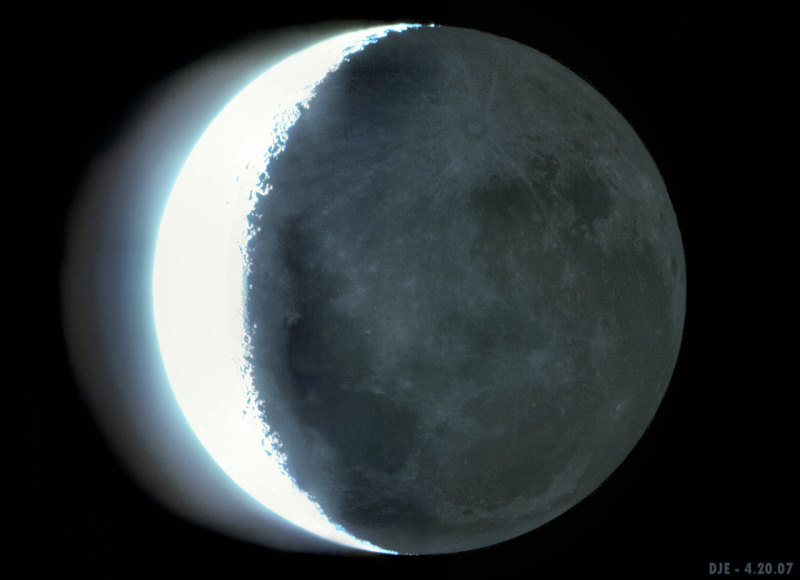[/caption]
The albedo of the Moon is 0.12. In other words, the Moon reflects back 12% of all the radiation that falls upon it.
As you may or may not know, albedo is a term that astronomers use to measure reflectivity of an object in space; more specifically, it measures how much of the Sun’s radiation an object reflects. An albedo of 0 means that object is dark, while a 1 means that it’s very bright and reflective.
So, how does the Moon albedo compare to other objects in the Solar System? As bright as the Moon looks from our perspective here on Earth, the Moon’s albedo is actually pretty low. The object with the highest albedo in the Solar System is Saturn’s moon Enceladus, which has an albedo of 0.99, which means that it’s covered with very reflective snow and ice. The Moon is much more similar to a very dark object, like an asteroid. The darkest asteroids in the Solar System have an albedo of 0.06. That’s pretty close to 0.
The brightness of the Moon changes as its phases change. During the first and last quarters, the visible Moon is illuminated 50% by the Sun, but it only has about 8% of the brightness of a full Moon. This is because the sunlight is hitting the Moon at an angle and deflecting away from us. When the Moon is full, sunlight is hitting the Moon and then bouncing directly back. This is why the Moon is so much brighter during a full Moon.
We have done lots of articles about the Moon on Universe Today. Here’s an article about explosions on the Moon. And here’s another about building a Moon base.
Here’s a great article that helps explain the Moon’s albedo.
You can listen to a very interesting podcast about the formation of the Moon from Astronomy Cast, Episode 17: Where Did the Moon Come From?

